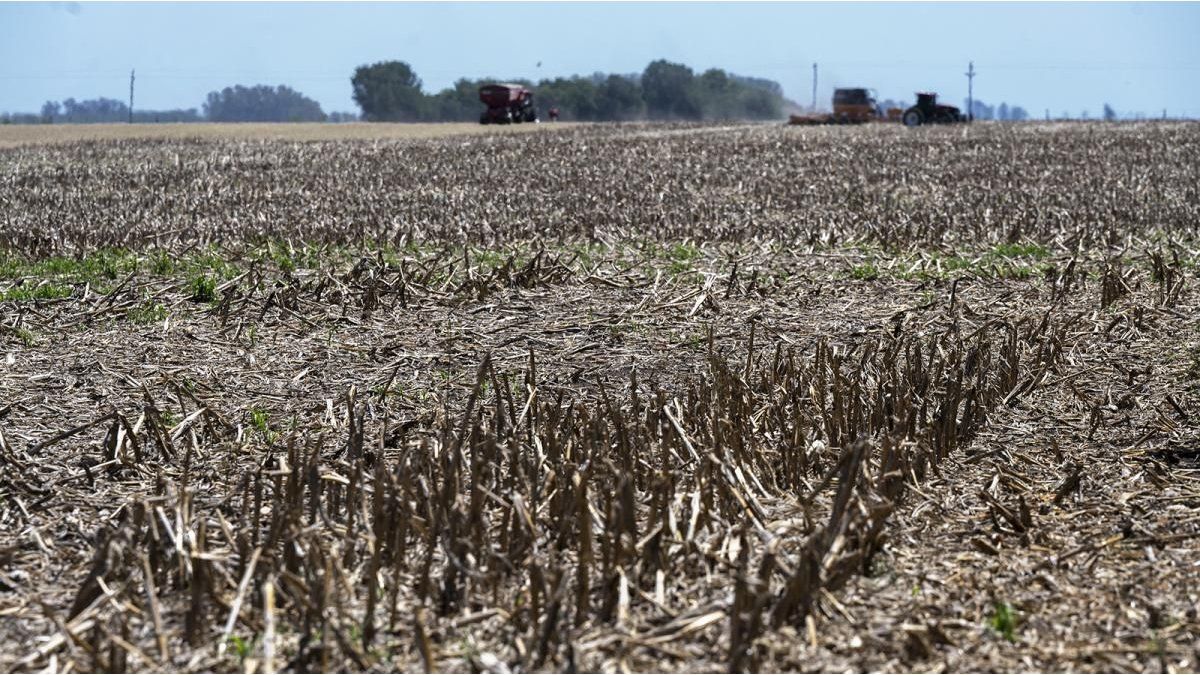The latest updates of the National Oceanic and Atmospheric Administration Office (NOAA) show a “marked trend toward moderate intensity of the phenomenon of The girl from April 2025,” says the Strategic Guide for the Agriculture of the Rosario Stock Exchange.
“There is almost no chance of a second Niña happening,” explained GEA/BCR consultant Alfredo Elorriaga.
After the most brutal drought that modern agriculture suffered in the previous thick cycle, there is great expectation about what happens with the variations in the Equatorial Pacific, with the phenomenon “El Niño Southern Oscillation” (ENSO).
A meeting of the World Meteorological Organization held at the beginning of the month estimated “the real possibility that the climatic phenomenon will repeat a scenario of historic droughts such as those recorded between 2020 and 2023 in the southern region of the American continent.”.
But now the projective models, which are analyzed month by month, would be giving positive signals for Argentina, “the main news is that this year’s La Niña would not be followed by another one,” said Elorriaga and added that “every time there were two Niñas in a row, there was no neutrality in the middle, as the models now predict for April-May of next year. It would be very strange for a cooling to be followed by a warming and then another Niña.”
The report also indicates that La Niña will last less than expected three months ago. In July, for example, the probability of La Niña for March 2025 dropped again, from 73% to 66% (when three months ago it was 85%). And for April, the probability of La Niña drops to 48%, equaling that of Neutrality.
“The recent data are very important because they rule out a rebound in the cooling. The strong to very strong “Niña” that was expected in April was ruled out. The new data also show a more abrupt fall in the cooling from January 2025 compared to what was expected a month ago,” said Elorriaga.
Why would the expected effect be much more limited than that of the last “Niña”?
1- “La Niña” begins between September and November: The forecast predicts neutral ENSO for July-September. La Niña becomes the most likely category in September-November 2024 until December-February 2025.
2- The intensity of “La Niña” will be moderate.
3- Of the 4 months in which its action is projected, the most affected month will be December.
4- Unlike what happened in the last “Niña” (2022/23), in this one the water shortage will not be exacerbated due to the neutrality of the Indian Ocean Dipole.
5- Another difference with that cycle (2022/23) is that, after 3 consecutive “Niñas”, coarse sowing began with dry soil profiles in almost the entire country. However, this year, the departure of “El Niño” produced significant rainfall in the months of April and March that left the soil profiles loaded with moisture.
Source: Ambito




